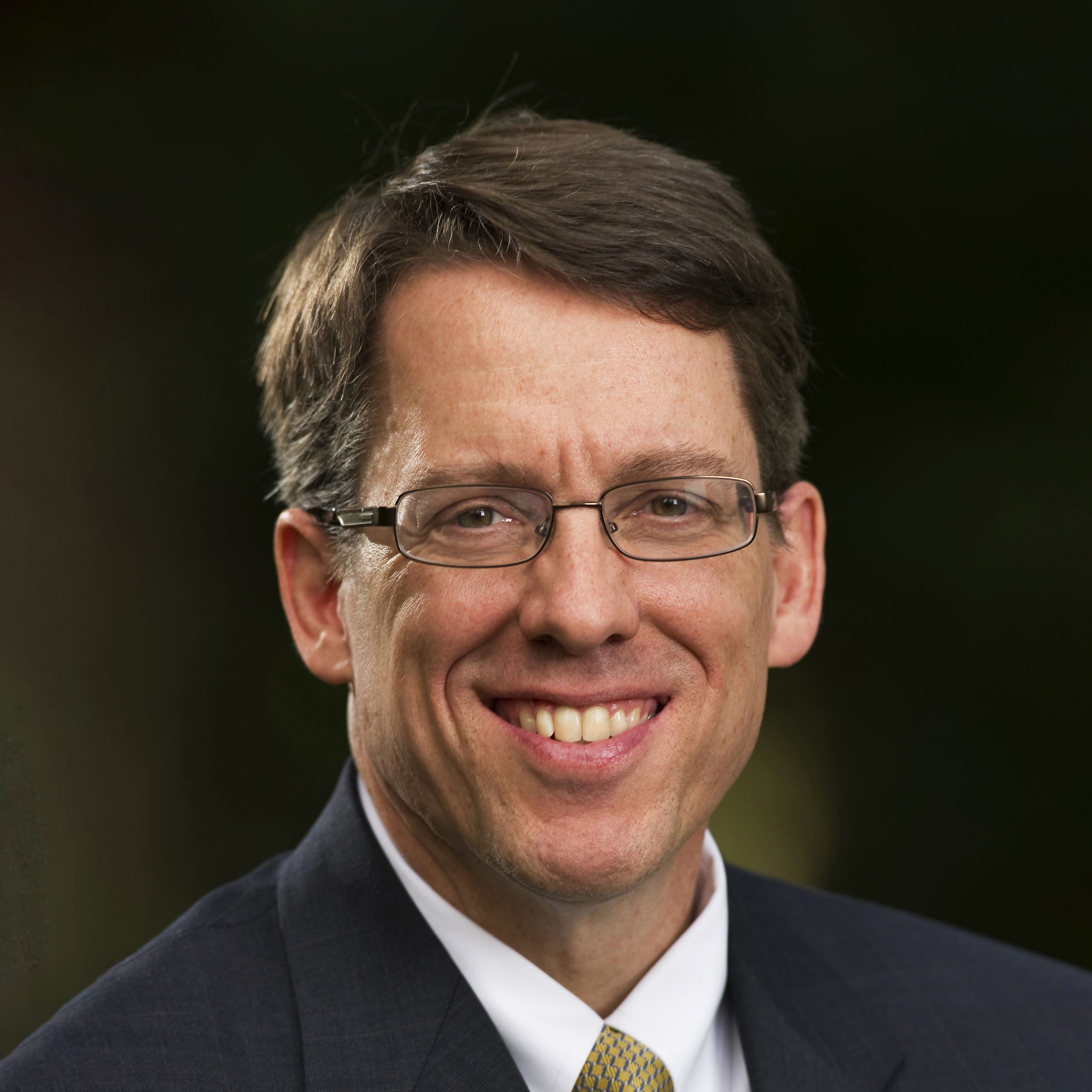Top Ten Mission Trends in the 21st Century: Wisely Investing Our Resources
April 22nd, 20103. AS A CHURCH WHERE DO WE INVEST OUR RESOURCES?
 With the growing interest in the globalization of Christianity and the unprecedented travel of Christians around the world, it is not unusual for churches to be overwhelmed with financial requests to support various missions projects around the world. Since resources are limited, churches must be careful to make sure that they are wise stewards of the funds which have been committed to their care to promote missions. Unfortunately, valuable resources are often wasted because they are being sent to projects or ministries which are not truly furthering the global advance of the church or, in some cases, actually helping to perpetuate dependency on the more affluent church in the West and thereby hindering the growth and development of the indigenous church.
With the growing interest in the globalization of Christianity and the unprecedented travel of Christians around the world, it is not unusual for churches to be overwhelmed with financial requests to support various missions projects around the world. Since resources are limited, churches must be careful to make sure that they are wise stewards of the funds which have been committed to their care to promote missions. Unfortunately, valuable resources are often wasted because they are being sent to projects or ministries which are not truly furthering the global advance of the church or, in some cases, actually helping to perpetuate dependency on the more affluent church in the West and thereby hindering the growth and development of the indigenous church.
In order to improve the church’s investment in mission giving, I propose two simple criteria which, if followed, will greatly enhance the effectiveness of our missionary budget process. These two criteria, if applied when a new proposal is brought before the missions committee, will assist in the decision making process. The first is what I call the Access Criteria. We should ask the question, “does the people-group which will receive this potential funding currently have reasonable access to the Christian gospel?” If a people-group already does not have reasonable access to the Christian gospel then it is likely that resources may, indeed, need to be invested in order to promote the gospel among that particular group. If, the people-group does have access to the gospel, then it may not be a wise investment of our scarce missionary funds. However, a second criteria will help to further clarify the strategic potential of the request. If there are already Christians among this people-group, what is the current state of the church among that people-group. This is the second criteria, known as the Viability Criteria. Is the church among this people-group viable? In other words, can the church be reasonably expected to disciple its own members, train leadership for the church and to further their own evangelistic mandate? While judging viability is not easy, a helpful rule of thumb is to ask what percentage of a given people-group is Christian. If the overall percentage is less than 5%, then it is likely that the church has not yet reached viability. There are some people-groups in the world who have neither reasonable access to the gospel and the church is either non-existent or lacking in viability. There are others where there is vibrant conversion growth occurring, but the church is not yet able to keep up with the growth by providing basic pastoral training and leadership development. These are the people-groups who must be given a priority.
All too often churches invest money, resources and personnel in places where people have access to the gospel and the church is already viable. This simply does not make sense when there are other groups who have no access to the gospel. In fact, we may even be doing harm to the indigenous church even while doing something which appears quite good. If, for example, there is a people-group in Nigeria where there is vibrant Christian growth and the church is viable, then why should a church in the West invest resources to send someone to Africa to do the evangelism which is the responsibility of the Nigerian believers? There are some churches in close proximity to the United States that do not believe it is possible to dig a well or have a Vacation Bible School unless a group from the USA comes down to do it. This kind of dependency is not healthy. If, on the other hand, there is a request for funding to assist in bringing the gospel to a people group with little gospel witness, few Christians and no viable church, then it is likely a very strategic investment of our resources. Thankfully, with the help of resources like Operation World and the World Christian Encyclopedia, this kind of information is now available to any church who takes the time to do a little research.
Feedback
Please fill out the form below if you would like to provide feedback to Dr. Tennent concerning this blog entry.


